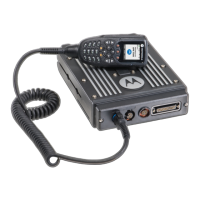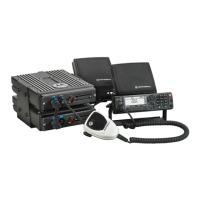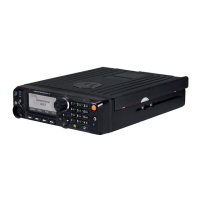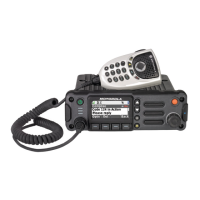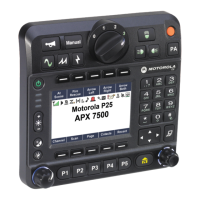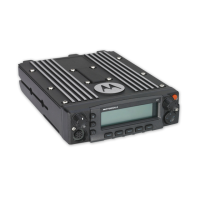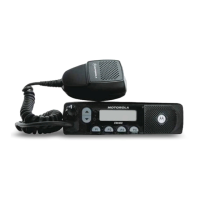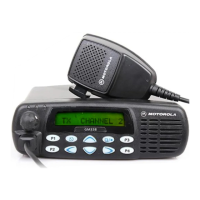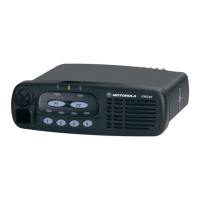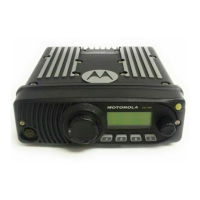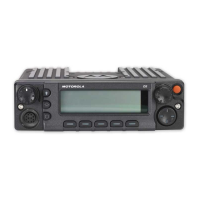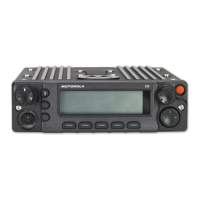
Do you have a question about the Motorola EMS APX 7500 and is the answer not in the manual?
| GPS | Yes |
|---|---|
| Bluetooth | Yes |
| Frequency Bands | VHF, UHF, 700/800 MHz |
| Frequency Range | 136-174 MHz, 380-470 MHz, 764-870 MHz |
| Operating Modes | P25 Phase 1, P25 Phase 2 |
| Encryption | AES, DES |
| Weight (with standard battery) | 2.5 kg |
| Operating Temperature | -30°C to +60°C (-22°F to +140°F) |
Identifies components of the control head and microphone.
Explains the basic purposes and usage of the PTT button.
Explains various icons displayed on the radio's LCD screen.
Explains secure vs. clear operation modes.
Describes the meaning of different LED colors and patterns.
Explains AES encryption for secure voice calls.
Orange backlight indicates emergency alerts.
Red backlight indicates critical alerts like out of range or failsoft.
Procedure to select a group of channels on the radio.
How to receive and respond to calls on selected channels.
How to initiate a call using zones, channels, or contacts.
Explains switching between repeater and direct communication modes.
Procedure to select a specific channel for communication.
Procedure to receive and respond to group calls.
Procedure to make a call to a group of users.
Feature to indicate a critical situation using emergency signals.
Sends a data transmission identifying the radio in an emergency.
Combines emergency alarm with priority access for calls.
Uses satellite data to determine geographical location.
Guidelines to improve GPS fix accuracy and reliability.
Procedure to access and use the GPS location feature.
Procedure to make an emergency call in trunking mode.
How GPS technology works and factors affecting accuracy.
Allows determining current location and relation to other locations.
